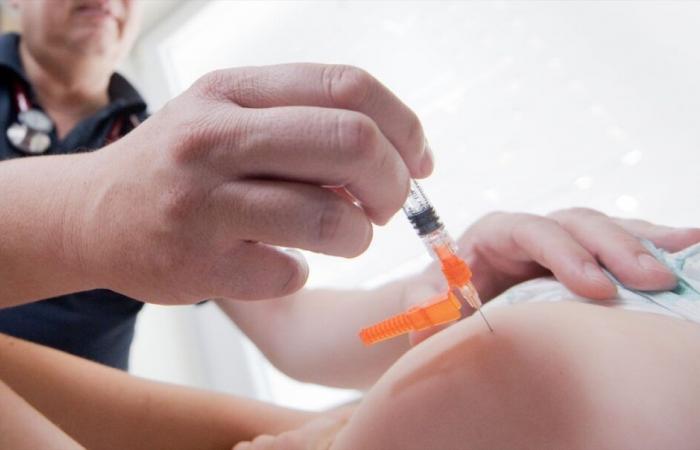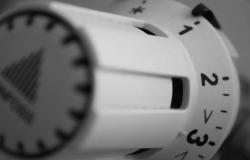Madrid (EP). Receiving a reinforcement vaccine on the same arm that the first dose can generate a more effective immune response more quickly, according to a study led by the Garvan Institute for Medical Research and the Kirby Institute of the UNSW Sydney (Australia) Institute Cell. This work offers new knowledge that could help improve future vaccination strategies.
The researchers discovered that, by administering a vaccine, specialized immune cells, called macrophages, are prepared within lymph nodes. These macrophages direct the location of memory B lymphocytes so that they respond more effectively to the reinforcement dose when administered in the same arm. The findings, made in mice and validated in human participants, provide evidence to refine vaccination approaches and offer a new promising approach to improve the effectiveness of the vaccine.
“This is a fundamental discovery about how the immune system is organized to respond better to external threats: nature has created this brilliant system and we are barely beginning to understand it,” says the teacher Tri PhanDirector of the Precision Immunology Program in Garvan and main co -author.
El profession of knowledge Anthony Kelleherdirector of the Kirby Institute and main co -author adds: “A unique and elegant aspect of this study is the capacity of the equipment to understand the rapid generation of effective vaccines.
Immunization introduces into the body an innocuous version of a pathogen, known as vaccine antigen, which is filtered through lymph nodes, immune training centers that prepare the organism to combat real pathogen. The researchers previously discovered that memory B cells, crucial to generate antibody responses when infections reappear, remain in the lymphatic ganglion closest to the injection place.
Using intravital avant -garde images in Garvan, the equipment discovered that memory B cells migrate to the outer layer of the local lymphatic ganglion, where they interact closely with the macrophages that reside there. By administering a reinforcement dose in the same area, these ‘prepared’ macrophages, already on alert, effectively captured the antigen and activated memory B cells to produce high quality antibodies.
It is known that macrophages devour pathogens and eliminate dead cells, but this research suggests that those of lymph nodes closest to the injection point also play a fundamental role in the orchestration of an effective vaccination response next time. Therefore, the location does matter, highlights Dr. Rama Dhenni, main co -author of the study, who conducted the research as part of his Scientia doctoral program in Garvan.
To determine the relevance of the results in animals for human vaccines, the Kirby Institute team conducted a clinical study with 30 volunteers who received the RNM vaccine against the Pfizer-Bionntech COVID-19. Twenty participants received the reinforcement dose in the same group as the first, while 10 received the second dose in the opposite group. “Those who received both doses in the same group produced neutralizing antibodies against the SARS-COV-2 significantly faster, during the first week after the second dose,” says Alexandra Carey-Hoppé, main co-author and doctoral student at the Kirby Institute.
“These antibodies of the same group were also more effective against variants such as Delta and omicron. At four weeks, both groups had similar antibody levels, but that early protection could be crucial during an outbreak,” adds MEE LING MUNIERmain co -author and leader of the Immunogenomic Vaccine Group of the Kirby Institute.
However, research shows that, over time, the difference in protection decreases. Although during a pandemic, those first weeks of protection could make a huge difference at the population level. The vaccination strategy on the same arm could help achieve group immunity faster, which is especially important for fast mutation virus, where the response speed is crucial.
Beyond the potential to perfect vaccination patterns, findings offer a promising way to improve the effectiveness of vaccines.






